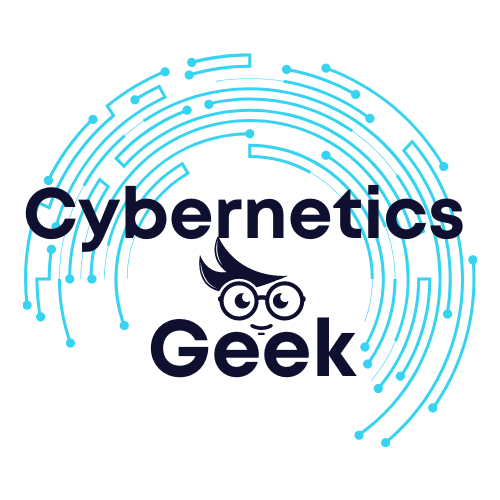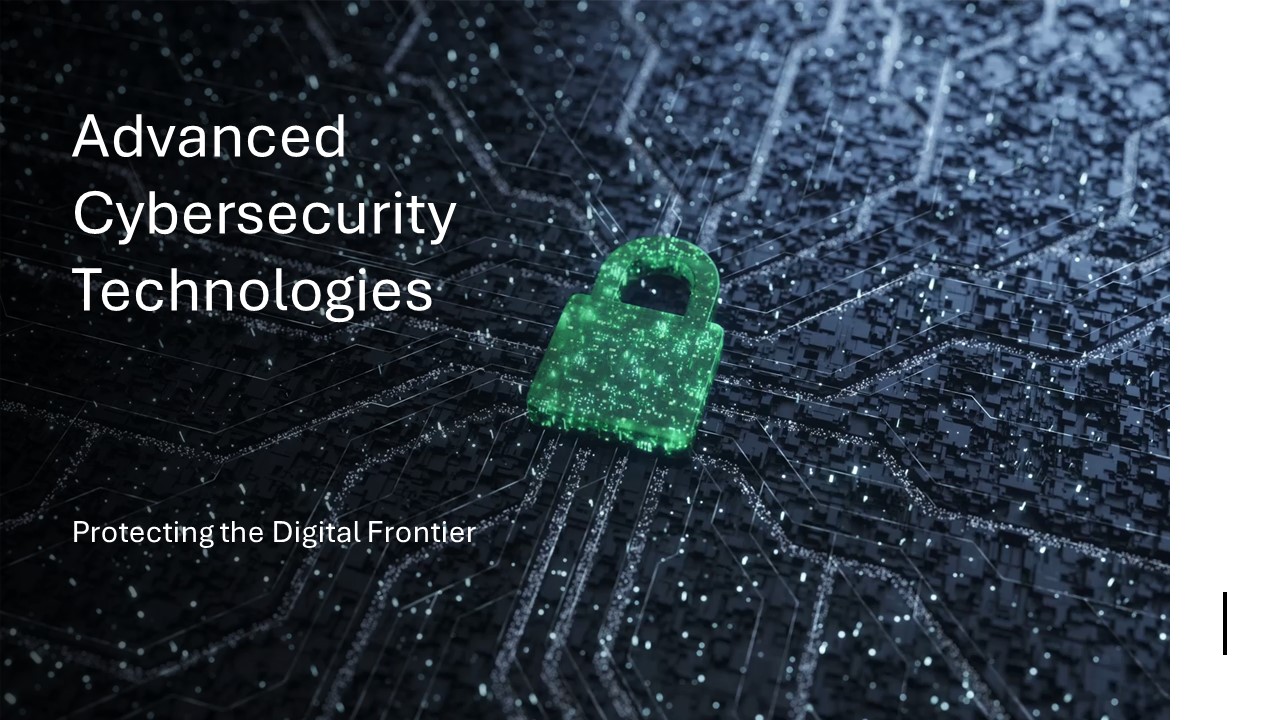In an increasingly interconnected world, the importance of cybersecurity cannot be overstated. With the proliferation of digital technologies, the threat landscape has evolved, becoming more sophisticated and diverse than ever before. As cyberattacks continue to rise in frequency and complexity, the need for advanced cybersecurity technologies becomes paramount.
This article explores the cutting-edge technologies and strategies that are shaping the field of cybersecurity. We will delve into advanced threat detection mechanisms, artificial intelligence and machine learning, blockchain, quantum computing, and the evolving role of cybersecurity professionals. By understanding these technologies, organizations can better defend themselves against the ever-evolving threat landscape.
Advanced Threat Detection Mechanisms
Next-Generation Firewalls
Traditional firewalls are no longer sufficient in defending against modern cyber threats. Next-generation firewalls (NGFWs) have emerged as a critical component of advanced cybersecurity. These firewalls offer deep packet inspection, intrusion prevention, and application-level filtering, allowing them to identify and mitigate both known and unknown threats effectively. Additionally, NGFWs often integrate threat intelligence feeds to stay updated on emerging threats.
Threat Intelligence Platforms
Threat intelligence platforms are central to proactive cybersecurity. They aggregate data from various sources to provide organizations with real-time information about potential threats. Advanced platforms employ machine learning algorithms to analyze this data, identifying patterns and trends that can help predict and prevent cyberattacks. This intelligence enables organizations to respond swiftly and effectively to emerging threats.
Behavioral Analytics
Understanding user behavior is crucial for identifying insider threats and advanced persistent threats (APTs). Behavioral analytics leverages machine learning algorithms to analyze user activity and identify anomalies that could indicate a security breach. By continuously monitoring user behavior, organizations can detect unusual activities and respond before significant damage occurs.
Artificial Intelligence (AI) and Machine Learning (ML)
AI-Driven Threat Detection
Artificial intelligence is revolutionizing cybersecurity by enhancing threat detection and response. Machine learning models can analyze vast amounts of data to identify unusual patterns and anomalies that may indicate a cyberattack. AI-powered systems can also adapt and evolve their defense strategies based on the evolving threat landscape, making them invaluable in the fight against sophisticated threats.
Automated Threat Response
Beyond detection, AI can automate threat response. Security orchestration and automation platforms (SOAR) leverage machine learning to assess threats and, if necessary, respond automatically. This reduces the response time, mitigates damage, and frees up cybersecurity professionals to focus on more complex tasks.
AI-Powered Vulnerability Assessment
AI-driven vulnerability assessment tools can scan an organization’s systems and applications to identify potential weaknesses. These tools prioritize vulnerabilities based on risk and help organizations allocate resources efficiently to remediate high-priority issues, thereby strengthening their cybersecurity posture.
Blockchain Technology
Blockchain technology, primarily known for its role in cryptocurrencies, has gained traction in cybersecurity due to its inherent security features.
Decentralized Authentication
Blockchain can replace traditional centralized authentication systems with decentralized alternatives. By decentralizing user authentication, organizations can reduce the risk of single points of failure and minimize the impact of credential breaches.
Immutable Records
Blockchain’s ledger system ensures that data once recorded cannot be altered or deleted. This feature makes it ideal for maintaining immutable records of security incidents, providing transparency, and enabling forensic analysis of cyberattacks.
Supply Chain Security
Blockchain can be used to enhance supply chain security by providing a tamper-proof record of the entire supply chain process. This ensures the authenticity and integrity of products and reduces the risk of counterfeit or compromised components entering the supply chain.
Quantum Computing and Cryptography
The advent of quantum computing poses a significant threat to current cryptographic systems. Quantum computers have the potential to break widely-used encryption algorithms, rendering current security measures obsolete. However, they also offer opportunities for advanced cybersecurity.
Post-Quantum Cryptography
Researchers are developing post-quantum cryptography algorithms that are resistant to attacks by quantum computers. These algorithms aim to secure data and communications in a post-quantum era, ensuring that sensitive information remains protected.
Quantum-Safe Encryption
Quantum-safe encryption technologies are designed to secure data against quantum attacks. By employing quantum-resistant encryption methods, organizations can prepare for the future while safeguarding their data today.
Quantum Key Distribution (QKD)
Quantum key distribution is a groundbreaking technology that leverages the principles of quantum mechanics to create unbreakable encryption keys. QKD enables secure communication channels, ensuring that eavesdroppers cannot intercept or decrypt the data being transmitted.
Evolving Roles in Cybersecurity
Cybersecurity Professionals
As cybersecurity threats become more complex, the role of cybersecurity professionals is evolving. They are no longer just focused on defending against known threats but also on predicting and mitigating emerging threats. Advanced technologies like AI and machine learning are becoming integral tools for these professionals, enabling them to stay ahead of cybercriminals.
Cybersecurity Awareness Training
The human element remains a significant vulnerability in cybersecurity. Phishing attacks and social engineering continue to exploit unsuspecting employees. To address this, organizations are investing in cybersecurity awareness training to educate employees about potential threats and best practices for staying secure online.
Collaboration and Information Sharing
Collaboration and information sharing among organizations are essential in combating cyber threats. Sharing threat intelligence and best practices can help organizations collectively defend against advanced threats and respond more effectively to cyberattacks.
Conclusion
Advanced cybersecurity technologies are at the forefront of defending against the ever-evolving threat landscape. Next-generation firewalls, threat intelligence platforms, behavioral analytics, AI, machine learning, blockchain, quantum computing, and the evolving roles of cybersecurity professionals all play crucial roles in protecting digital assets and data.
To stay ahead of cybercriminals, organizations must continually invest in and adapt to these advanced technologies. By doing so, they can strengthen their cybersecurity posture and protect themselves in an increasingly interconnected and digital world. The future of cybersecurity relies on innovation, collaboration, and a proactive approach to defending against advanced cyber threats.

